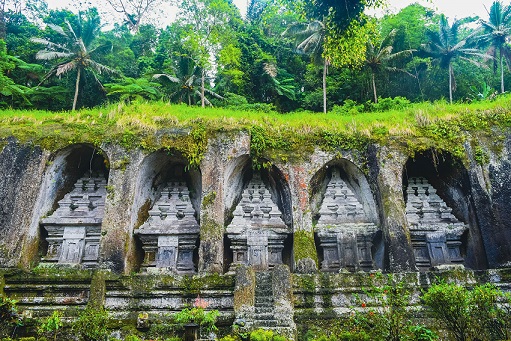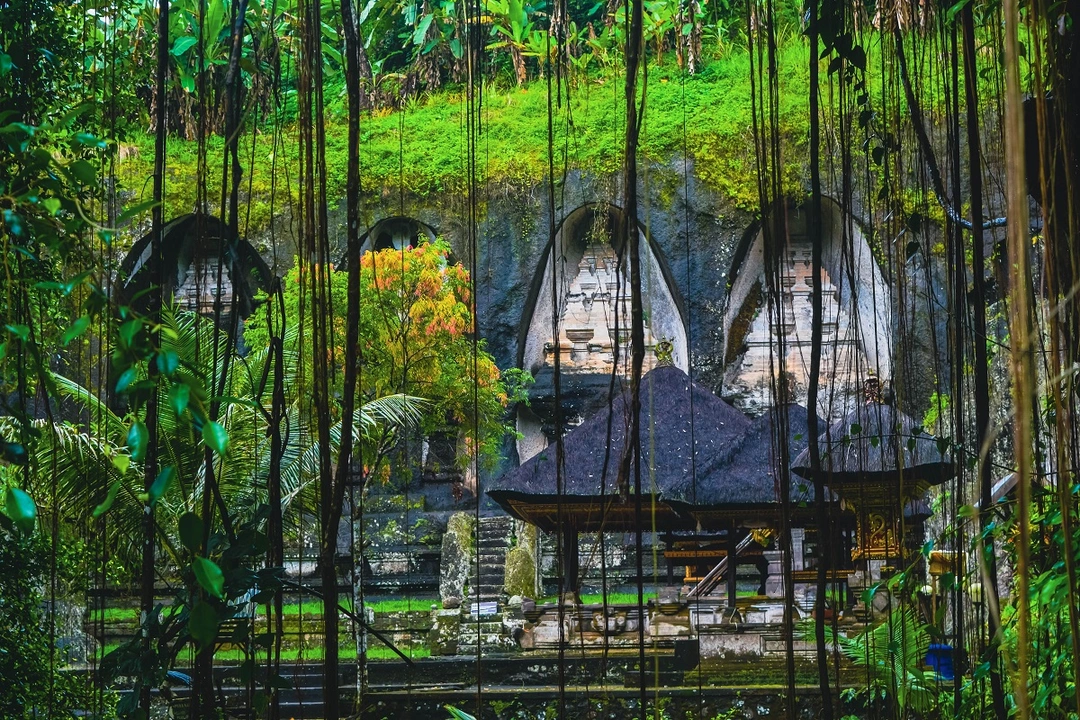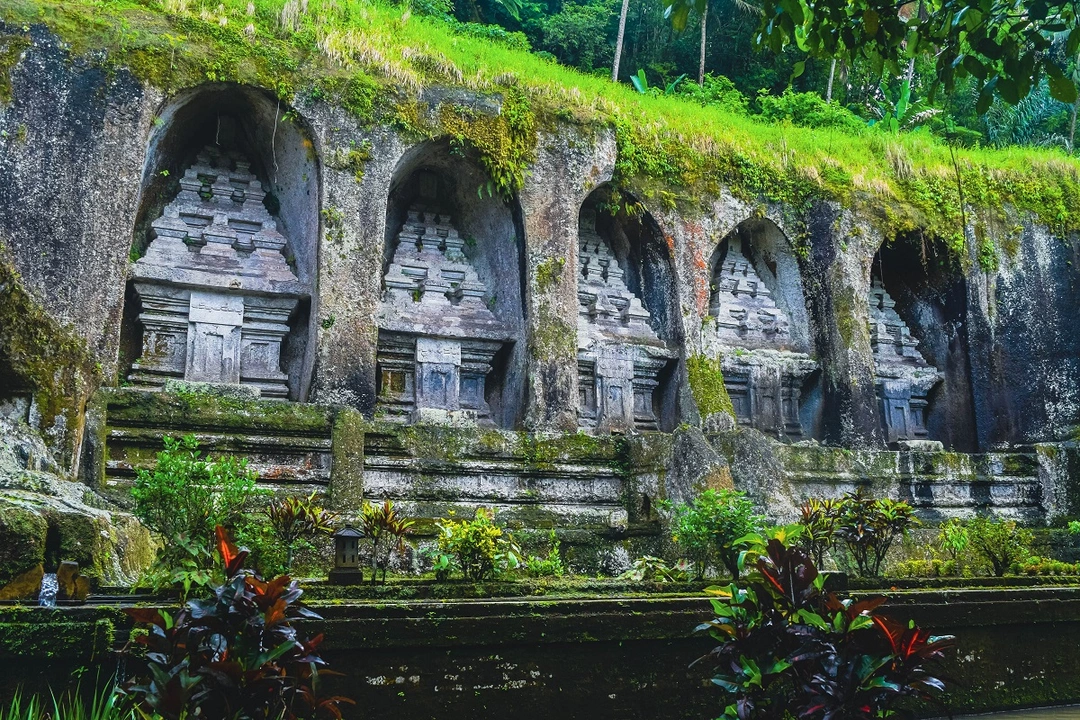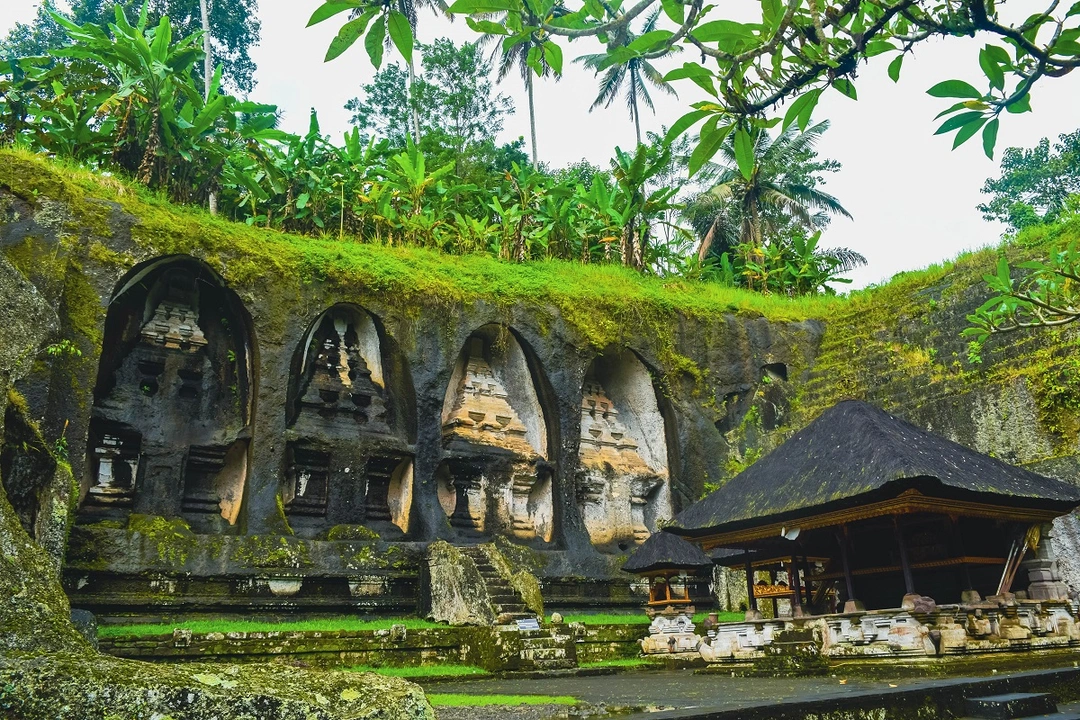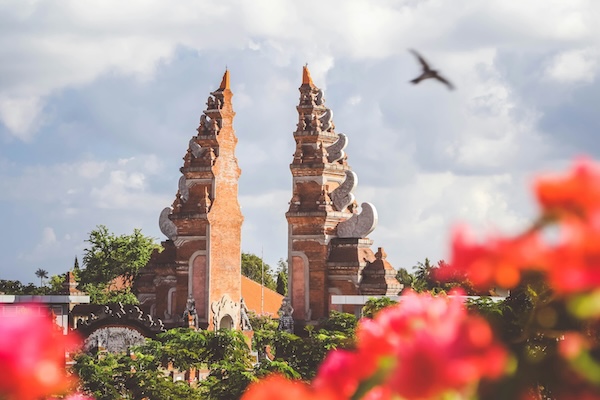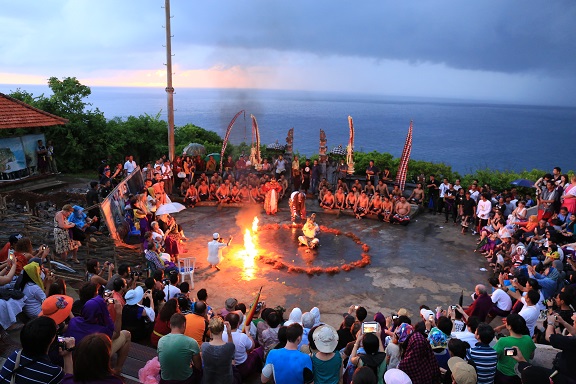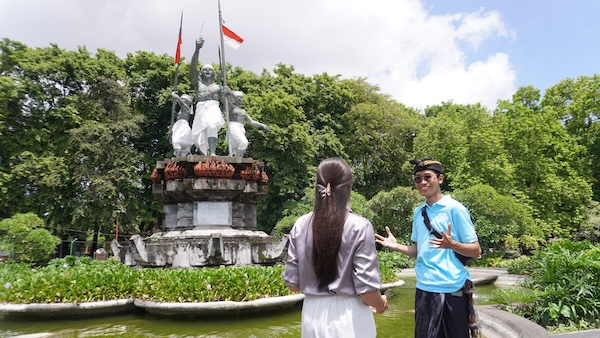If you’re in Bali and looking to experience something seriously cool and off the usual tourist radar, Gunung Kawi Temple is a must-visit. Hidden away from the typical tourist routes, this sacred site offers a unique experience, with ancient stone shrines carved into the cliffs and surrounded by lush greenery. It’s not your average temple visit—here, you’ll feel the connection to Bali’s rich cultural past while soaking in the serene natural beauty. If you’re ready to uncover one of the island’s oldest and most fascinating treasures, here’s everything you need to know about exploring Gunung Kawi Temple.
What to See at Gunung Kawi Temple
When you arrive at Gunung Kawi Temple, the first thing you’ll notice are the towering stone shrines carved directly into the cliffs. These impressive candi, dating back to the 11th century, were built to honor Bali’s ancient royalty. As you walk down the stone steps toward the temple, you’ll pass through lush greenery, terraced rice fields, and traditional Balinese statues, creating a peaceful and scenic journey before you even reach the site.
Inside the temple complex, you’ll discover ten beautifully carved rock-cut candi nestled within the cliffs. These shrines are thought to symbolize monuments for ancient Balinese kings, rather than serving as royal tombs. The temple’s serene surroundings, combined with the lush greenery and the sound of the nearby river, create a tranquil atmosphere perfect for quiet reflection. Gunung Kawi’s blend of ancient architecture, natural beauty, and spiritual significance makes it a truly special place to explore, offering a glimpse into Bali’s rich cultural heritage.
Recommended for you: Bali Ancient Temple Tour: Exploring Bali’s Rich Archaeological Heritage
What to Do at Gunung Kawi Temple: A Traveler’s Guide
At Gunung Kawi Temple, one of the best things to do is explore the intricate carvings throughout the temple complex. Take your time walking around and really appreciate the detailed stonework and the unique layout of the shrines carved directly into the cliffside. Beyond the carvings, the stunning natural surroundings make for fantastic photo opportunities, so don’t forget your camera. The mix of ancient architecture and lush greenery provides a perfect backdrop for memorable shots.
As you walk deeper into the complex, you’ll find shaded areas where you can pause to take in the peaceful atmosphere, with the sound of the nearby river adding to the calm. The scenic views of the valley and rice terraces below offer a tranquil setting for reflection. If you’re keen on learning more about the temple’s history, hiring a local guide is a great option to get in-depth stories and cultural insights that bring the significance of Gunung Kawi to life.
Gunung Kawi Temple Entrance fee: Affordable Prices and What’s Included
The entrance fee to Gunung Kawi Temple is quite budget-friendly, with tickets costing around IDR 50,000 for adults and IDR 25,000 for children (ages 5-11) for international visitors, while children under 5 can enter for free. For domestic visitors, the fee is even more affordable, at IDR 30,000 for adults and IDR 15,000 for children. Make sure to carry cash, as card payments may not always be available. It’s a small cost for such a rich and meaningful cultural experience!
Getting to Gunung Kawi Temple: Easy Routes and Scenic Walks
Reaching Gunung Kawi Temple is a breeze, located just 30 minutes from Ubud and about an hour from Denpasar. If you’re driving, the temple complex is just a few hundred meters east of Jalan Raya Tampaksiring’s main route. After parking, you’ll continue down a paved walkway lined with local art shops and warungs (small eateries), perfect for grabbing a snack or souvenir. To get to the temple itself, you’ll descend around 300 steps, surrounded by stunning rice terraces and lush green valleys that make the journey feel like a step back in time. At the base of the stairs, you’ll pass through a stone archway with small pillars, each holding a vase of holy water. Don’t forget to sprinkle some on yourself before entering, as part of the temple’s traditional purification process.
What to Wear at Gunung Kawi Temple: Dress Code Tips for Visitors
Since Gunung Kawi Temple is a sacred site, it’s important to follow the local dress code. Wear a sarong and sash, both of which you can easily rent at the entrance if you don’t have your own. Cover your shoulders and knees to show respect. Additionally, temple staff may ask women if they’re on their period, as menstruating women are traditionally not permitted to enter the temple grounds. Dressing appropriately ensures that you can fully enjoy your visit while respecting the local customs and traditions.
Lihat postingan ini di Instagram
For a smooth and stress-free trip to Gunung Kawi Temple, ditch the hassle of figuring out transport and book directly with Kura-Kura Bus. They offer tours like the Bali Archaeology Tour and the Highlight of Central Bali Tour, giving you easy access to Bali’s top historical and cultural spots, including Gunung Kawi. With transport, guides, and all the essentials taken care of, all you need to do is show up in your sarong, soak up the vibes, and experience the rich history and natural beauty of one of Bali’s coolest temples.
Special Offer Alert! Kura-Kura Bus DISCOUNT Party Up To 40% OFF
So that’s all you need to know to make your trip to Gunung Kawi Temple a breeze. Between the history, the nature, and the chill vibes, it’s an experience you won’t forget. So, pack up, dress right, and get ready for a day of exploring Bali’s coolest ancient temple. Trust me, you’ll leave with more than just photos—this is an experience you’ll remember long after you’ve left! – Kura Kura Bus


